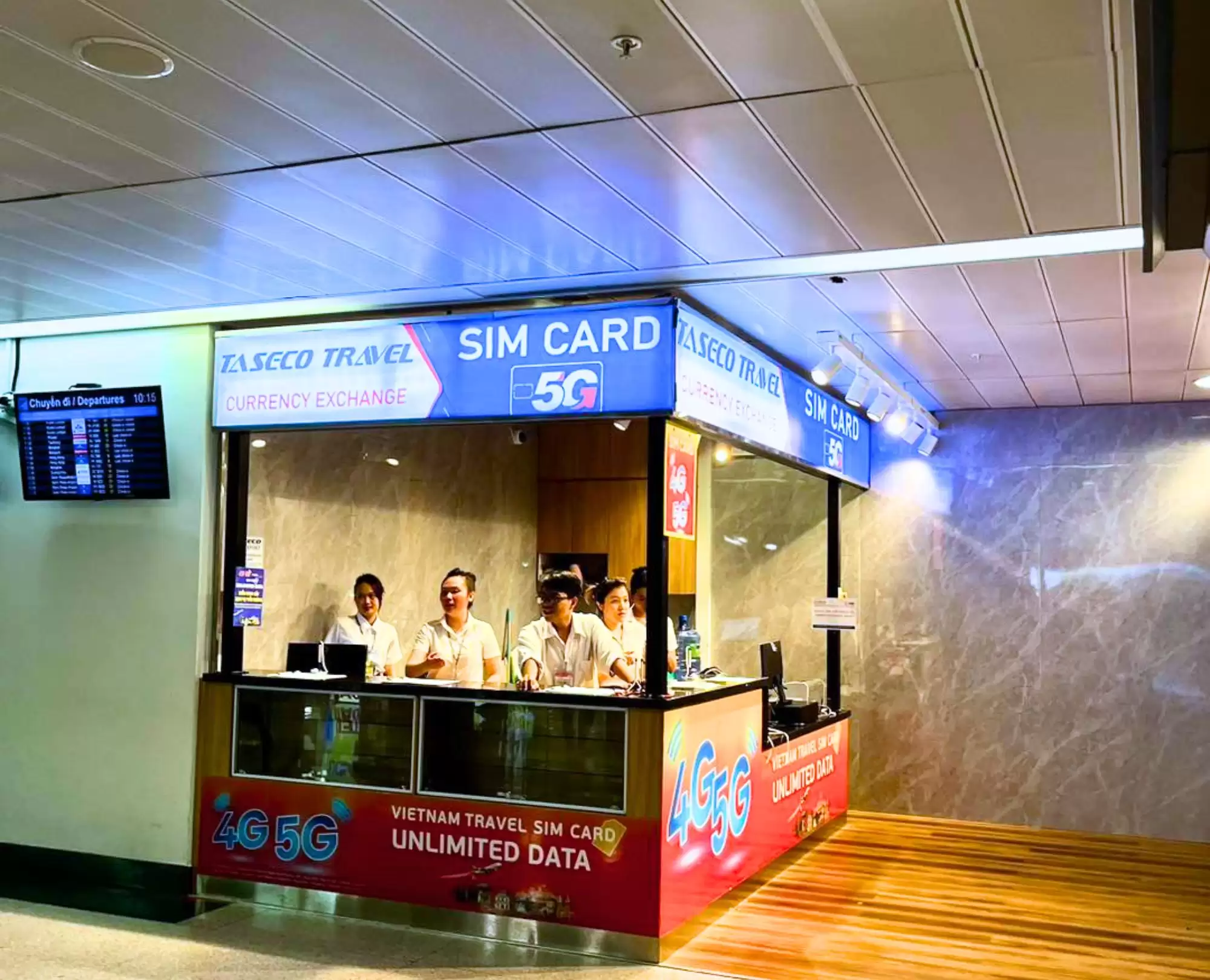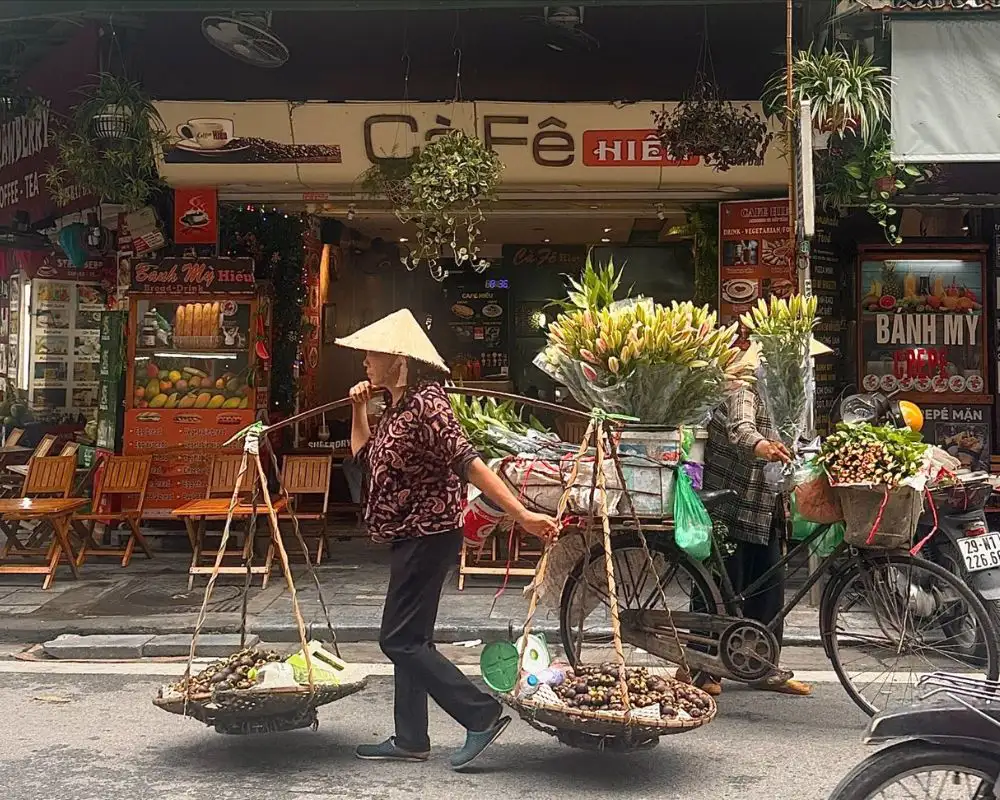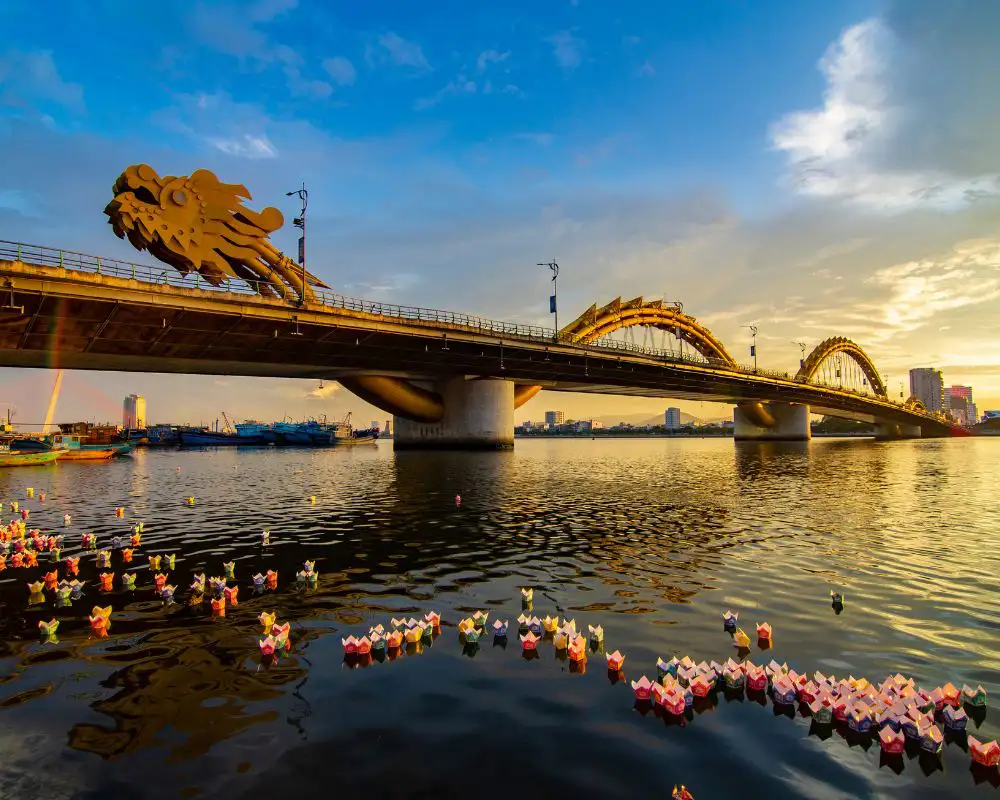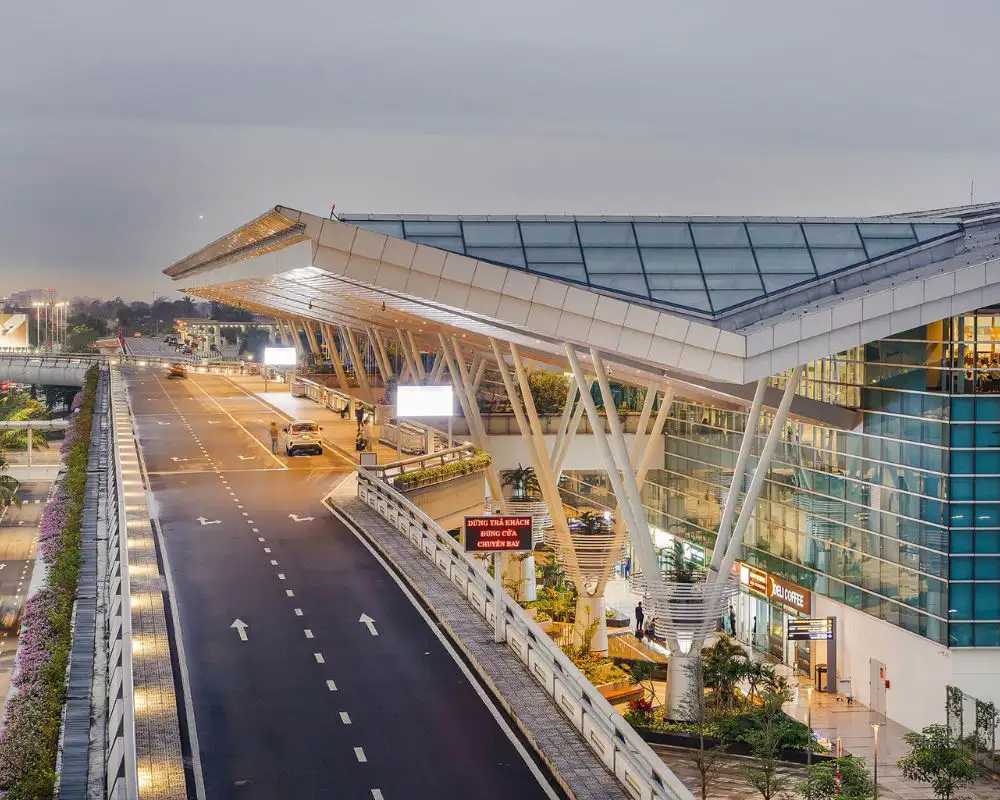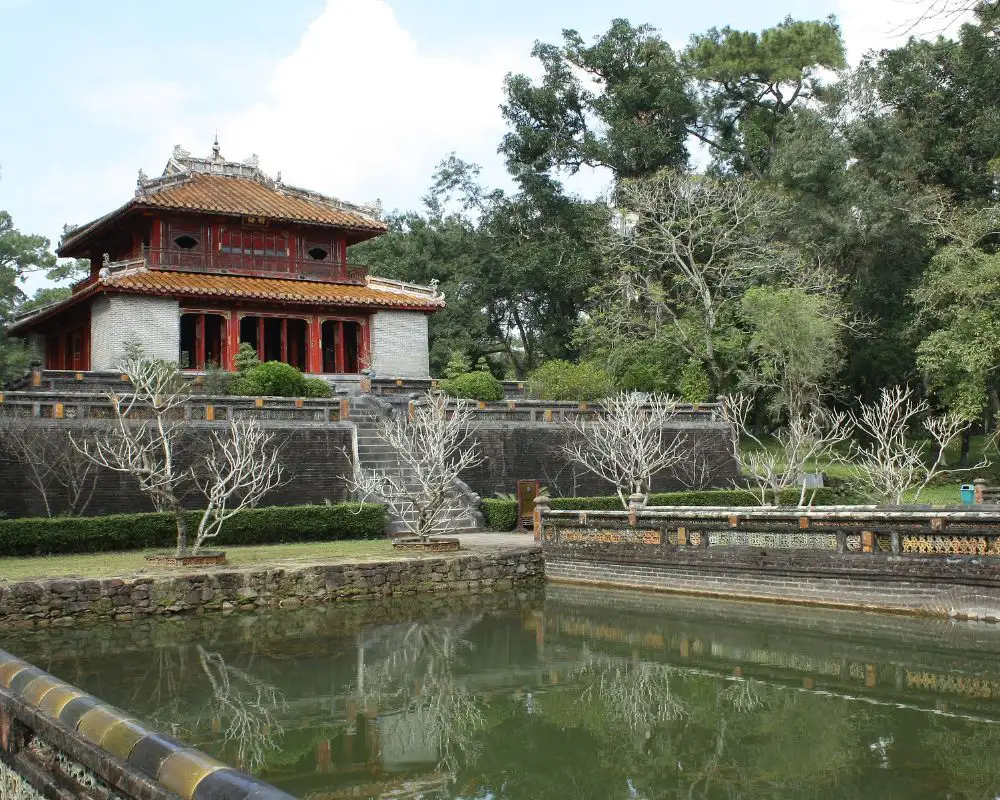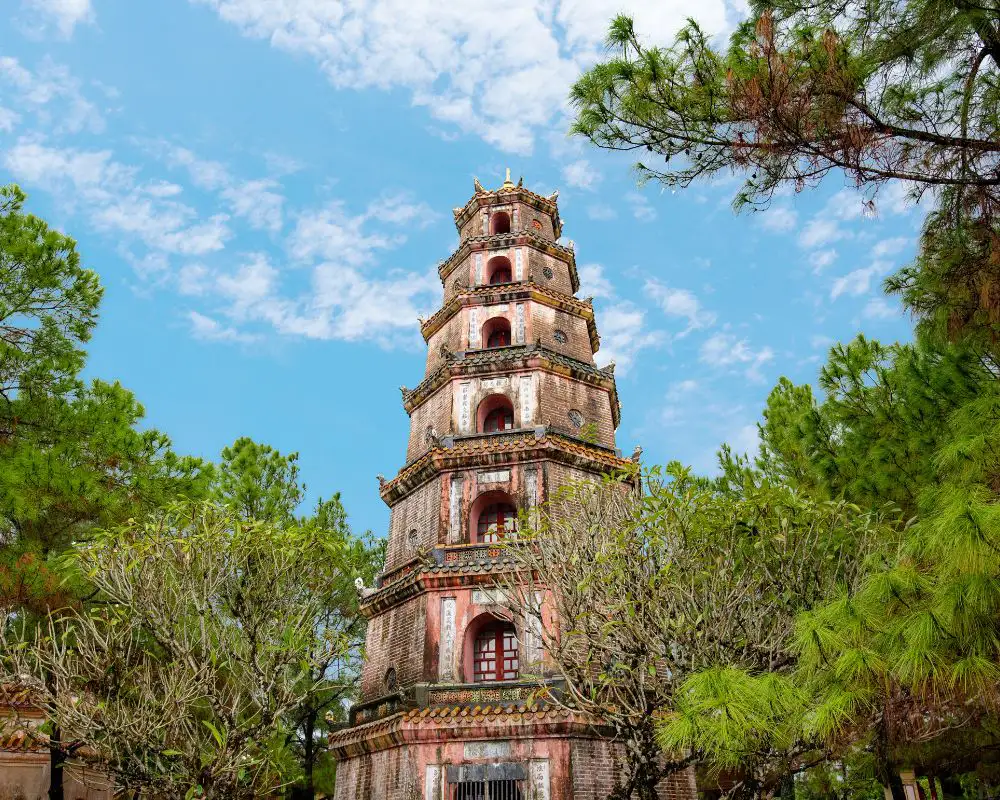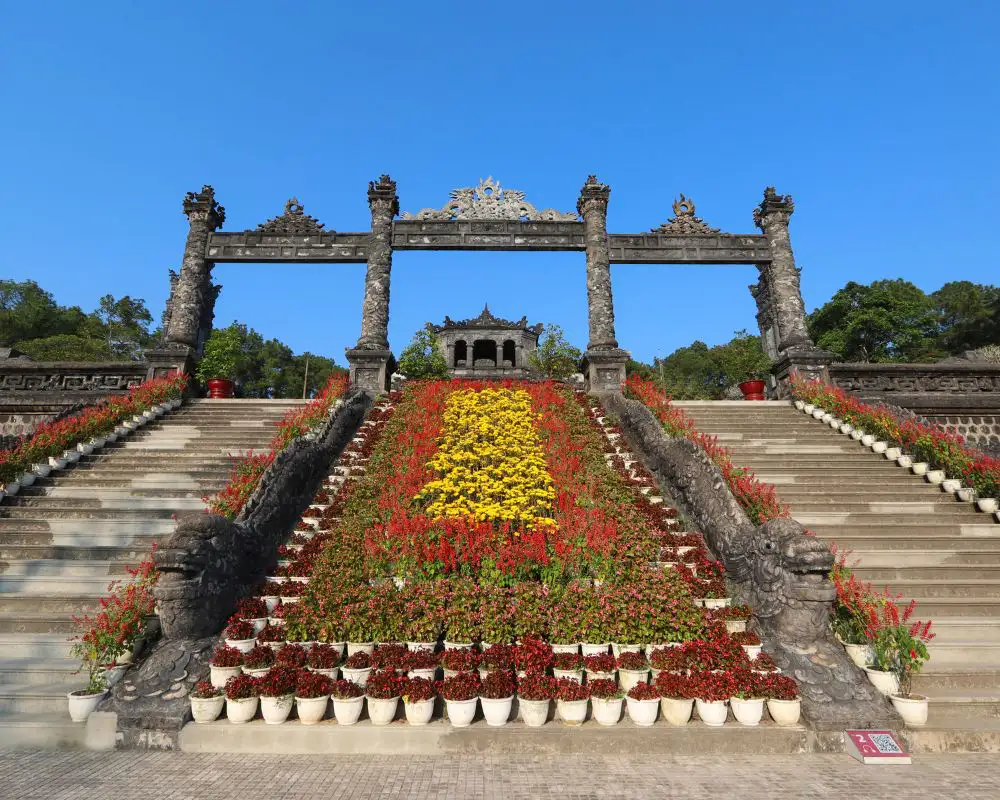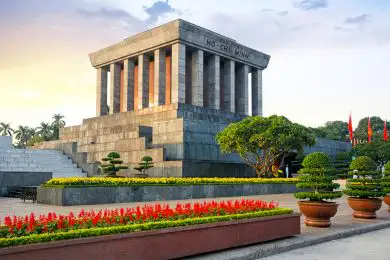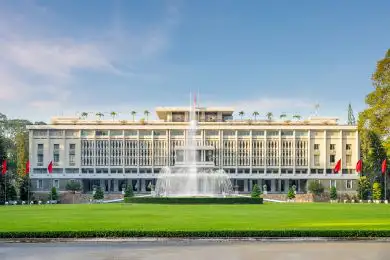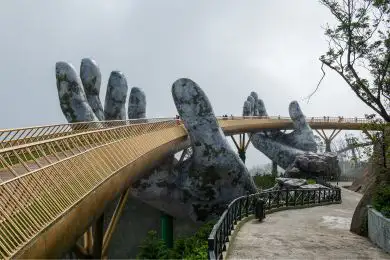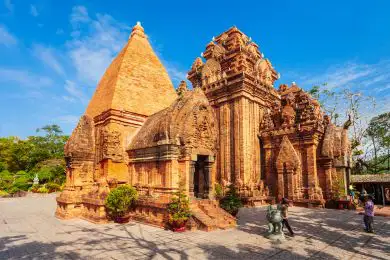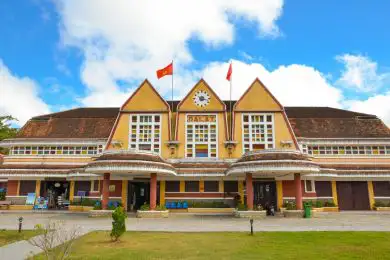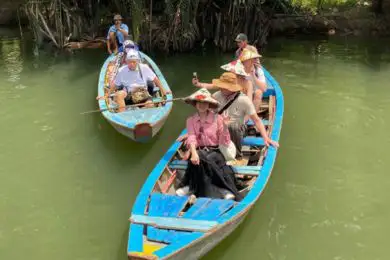Tran Quoc Pagoda is the oldest pagoda in this city and has a long history and is an important destination for travelers who are interested in Hanoi travel and tourism that you should not be missed.
The Pagoda is located amid West Lake and is considered a sacred “gem,” is a great location for every person who is interested in culture in the capital of Vietnam.
Tran Quoc Pagoda Overview
- Address: No. 46, Thanh Nien Street, Thanh Nien Road, Yen Phu ward, Tay Ho District,
- Hanoi city
- Opening Hours: 8:00 am to 4:00 pm
- Entrance fee: free
The Tran Quoc Pagoda is the oldest structure of its sort in Hanoi. It was constructed in the sixth century, during the reign of Emperor Ly Nam De Dynasty (544–548).
A museum that houses ancient relics and an incense-burning house are two of the buildings that surround the main pagoda, which stands fifteen meters tall and is composed of eleven floors. Statues that date back to 1639 and are intricately carved may also be seen here. Each of these statues has a distinctive face feature.
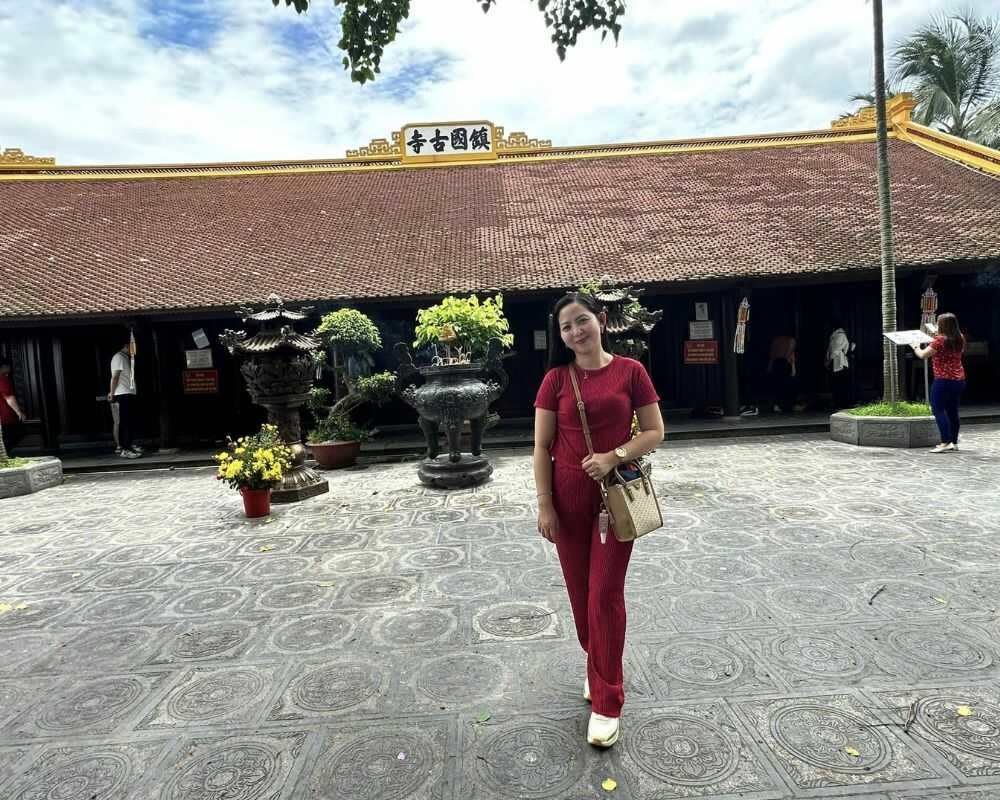
The Tran Quoc Pagoda is open every day beginning at 7:30 a.m., and admission is free throughout the entire year. However, during big celebrations such as Tet and Buddha’s Birthday, the pagoda is very crowded with believers. It is recommended that guests dress modestly because it is a place of prayer. This is done out of respect for the monks and the people who live there.
Architecture and Structure of Tran Quoc Pagoda
Today, the Tran Quoc Pagoda has managed to maintain the aesthetic elegance of Eastern architectural style.
The design of the pagoda, which measures 3000m2, is a perfect combination of traditional components. It is distinguished by beautiful woodwork, gracefully curved roofs, and delicate embellishments.
Every aspect is a demonstration of the care that Buddhism has for the natural world and the search of spiritual equilibrium that it reflects.
The 11-storey 15m tall tower (Precious Stupa)
When you enter the pagoda, you will be welcomed by a spectacular sight: the beautiful red-brown tower that is standing proudly before you. This structure is known as the 11-story Stupa or Bao Thap. With 11 separate storeys, each of which is ornamented with 6 gracefully arched doorways, this tower is a mesmerizing masterpiece that is comprised of eleven distinct stories.
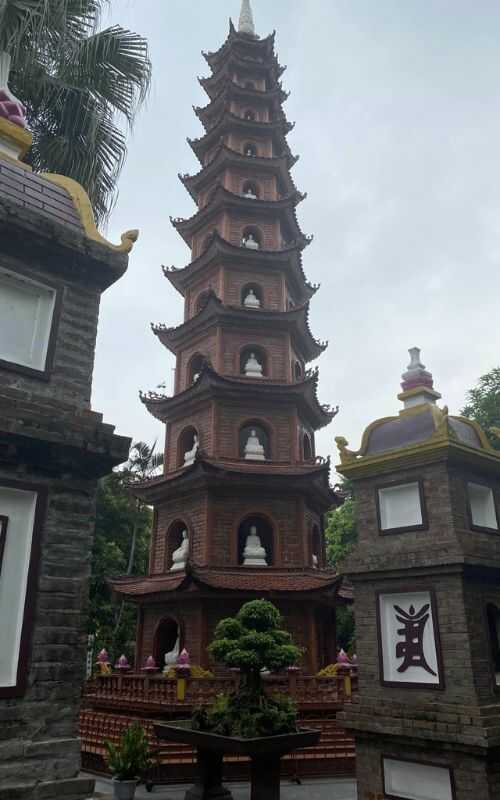
Statues of Amitabha Buddha made of white gemstones exude an air of tranquility and enlightenment as they stand in reverent awe within these entrances of the temple. A reminder of the teachings of the Buddha and the way to enlightenment is provided by the presence of statues of the Buddha within the entryway of the buildings.
Tien Duong – The Front House
The Front House of the Tran Quoc Pagoda is home to a plethora of one-of-a-kind statues, which may be seen upon entering. A statue of Shakyamuni Buddha constructed of wood and painted with a glossy golden paint is one of the well-known statue in Tran Quoc Pagoda.
This magnificent monument not only exemplifies the skills and expertise of the craftspeople, but it also perfectly encapsulates the core principles that the Buddha taught, which include the pursuit of inner peace, transcendence, and tranquility.
As you stand in the presence of this monument, you are urged to consider the profound significance of the Buddha’s life and teachings, and possibly feel a moment of calm and introspection amidst the spiritual milieu of Tran Quoc Pagoda.
Nha Thieu Huong – The Incense Burning House
Located within the Tran Quoc Pagoda, the Incense Burning House is one of the buzzing focal areas that attracts a regular stream of visitors and creates a sense of vivid activity.
You can pray for health and good fortune by lighting incense in this location. Incense burning is a symbolic act that represents the purifying of intentions and the ascension of prayers to higher realms.
Thuong Dien – The Upper House
Behind the Upper building is a bell post that was conceived of as a three-story wooden building with a roof made of red tiles from the ground up. An equally remarkable structure that can be seen inside the premises of the pagoda is the Stele House, which is located to the right of the bell post.
A stunning scene of architectural and historical significance is created when these two structures, the bell post and the Stele House, are brought together at the same time.
Nha Bia – The Stele House
The Stele House also has 14 steles that have been carved with poems written by renowned scholars of the time period.
Besides, the steles document the history of the Tran Quoc Pagoda, which includes a comprehensive account of the pagoda’s modifications that have occurred over the course of many dynasties.
Because of this information, future generations will be able to acquire a deeper comprehension of the history of the Tran Quoc Pagoda from the very first day through the present day.
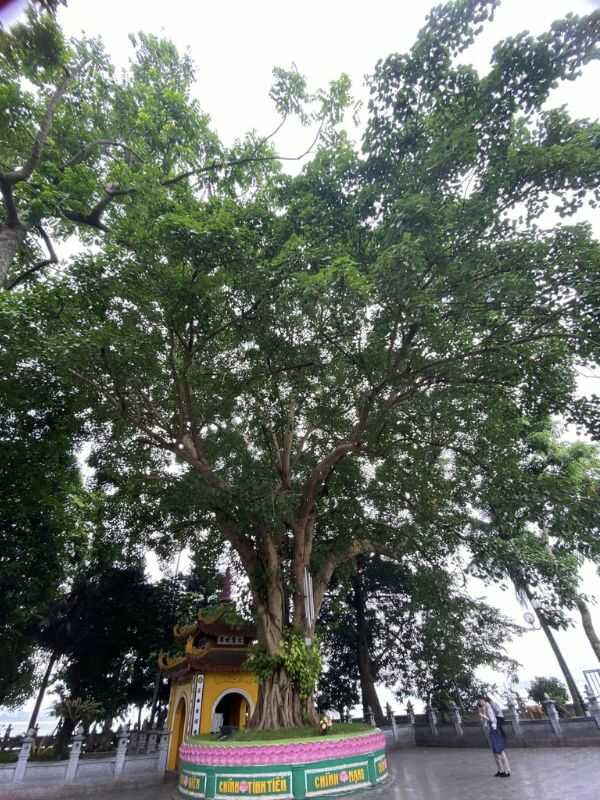
Visit the Tran Quoc Pagoda, tourists should miss out the Bodhi Tree. This tree is a gift from the old president of India when he visited to Vietnam in 1959.
Shakyamuni Buddha sat and performed meditation on the Great Bodhi Gaya tree more then 25 centuries before. If you have the opportunity to stand in the shade of this holy tree, you should not pass it up. You will be surrounded by an atmosphere of reverence and peace.
How to get to Tran Quoc Pagoda?
Getting to Tran Quoc Pagoda is easy, it is convenient for travelers to visit this location.
If you need to take a bus, the two routes that are advised are number 33 (Yen Nghia – Xuan Dinh Bus Station) and number 50 (Long Bien – My Dinh National Stadium). Besides, you can book a taxi.
Hanoi city tour 1 day by private car from us will many attraction spots in the city such as Hoa Lo prison, Ho Chi Minh museum, One Pillar Pagoda, and Tran Quoc Pagoda. A private tour will help you have memorable in Vietnam when traveling here in the first time.
>> See more:
Hanoi Tour A Day to Bat Trang ceramic village & Van Phuc silk village

